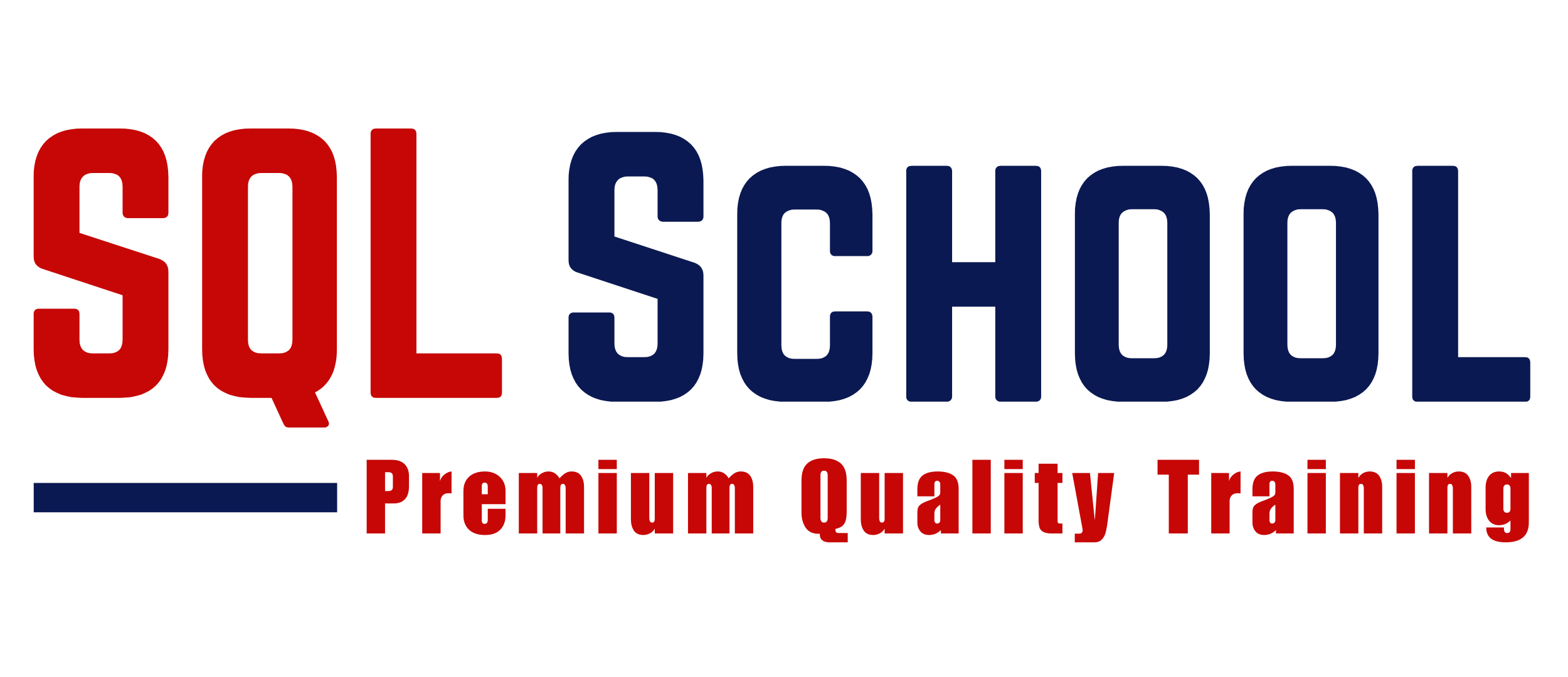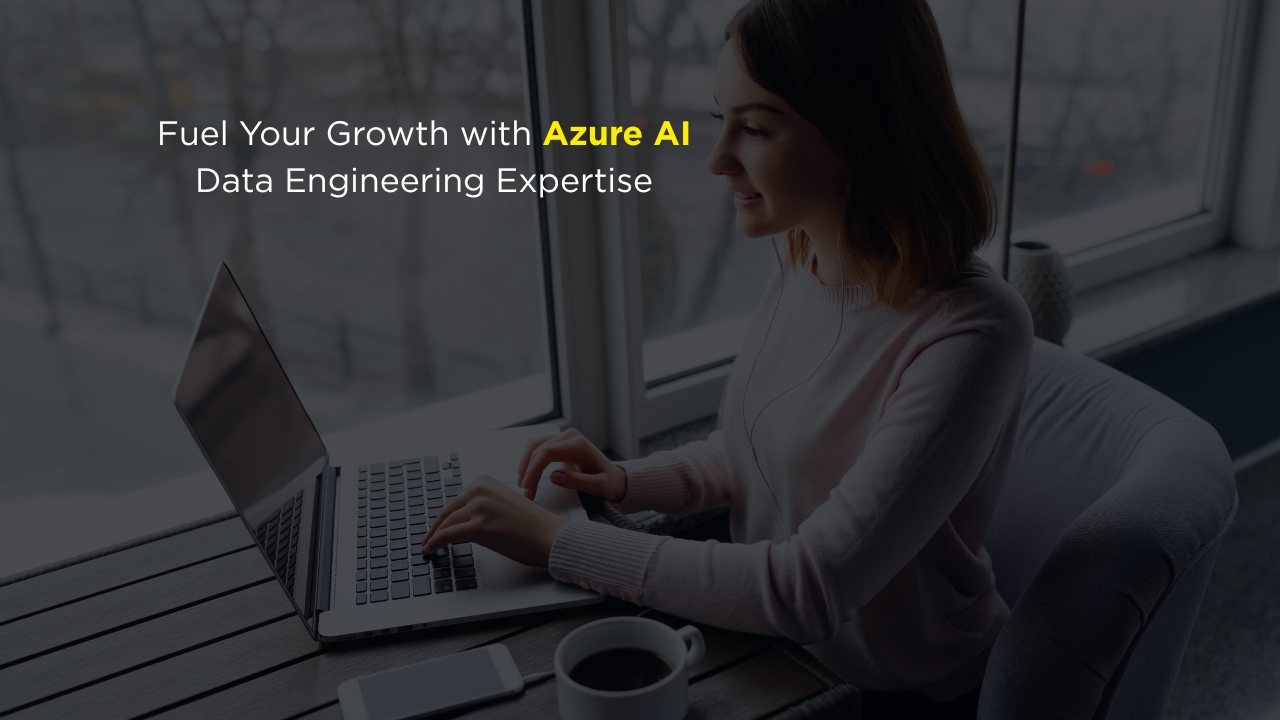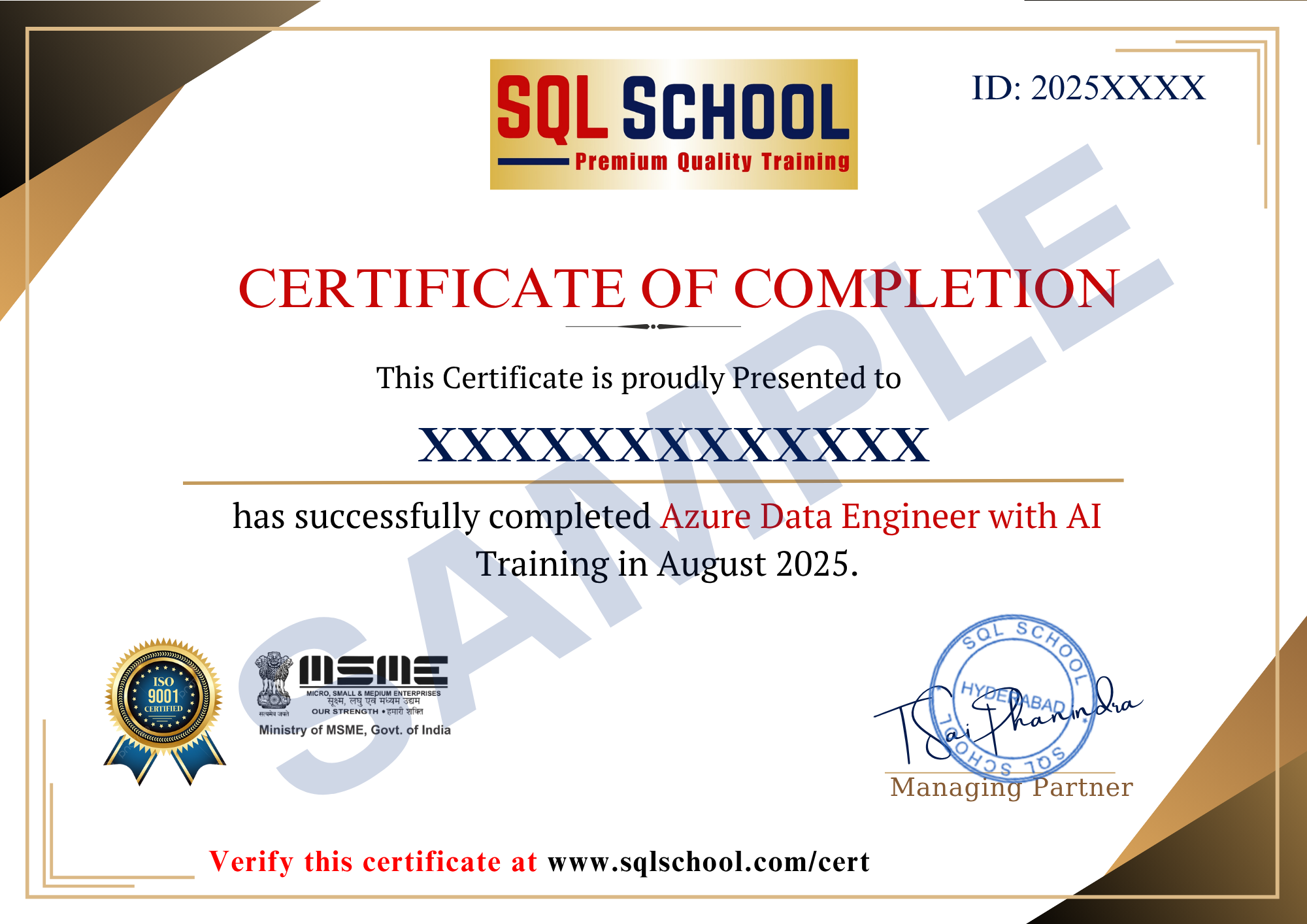#Azure Data Engineer With AI
Azure Data Engineer is a prominent job role responsible for design of Data Warehouses (DWH). This trending job stream involves Extraction (E) of data from various sources, perform data mashup and Transformations (T) and Loading the data (L) into Warehouse and Lakehouse platforms. With AI & CoPilot we can implement this ETL & DWH with ease !
✅ ADF, Synapse with Big Data
✅ Lakehouse & Medallion Architecture
✅ Python, PySpark for AI Pipelines
✅ Eventstream & Real-Time Analytics
✅ ML Integration with Azure ML
✅ Delta Lake & Serverless Pools
✅ Security with RBAC & Key Vault
✅ Databricks in AI Workflows
✅ Real Time Project
✅ 1:1 Mentorship, Resume

















